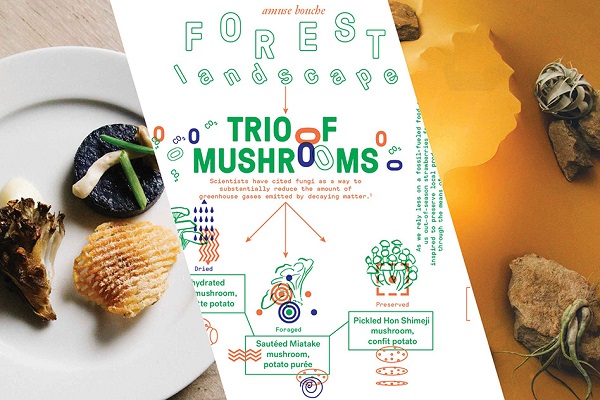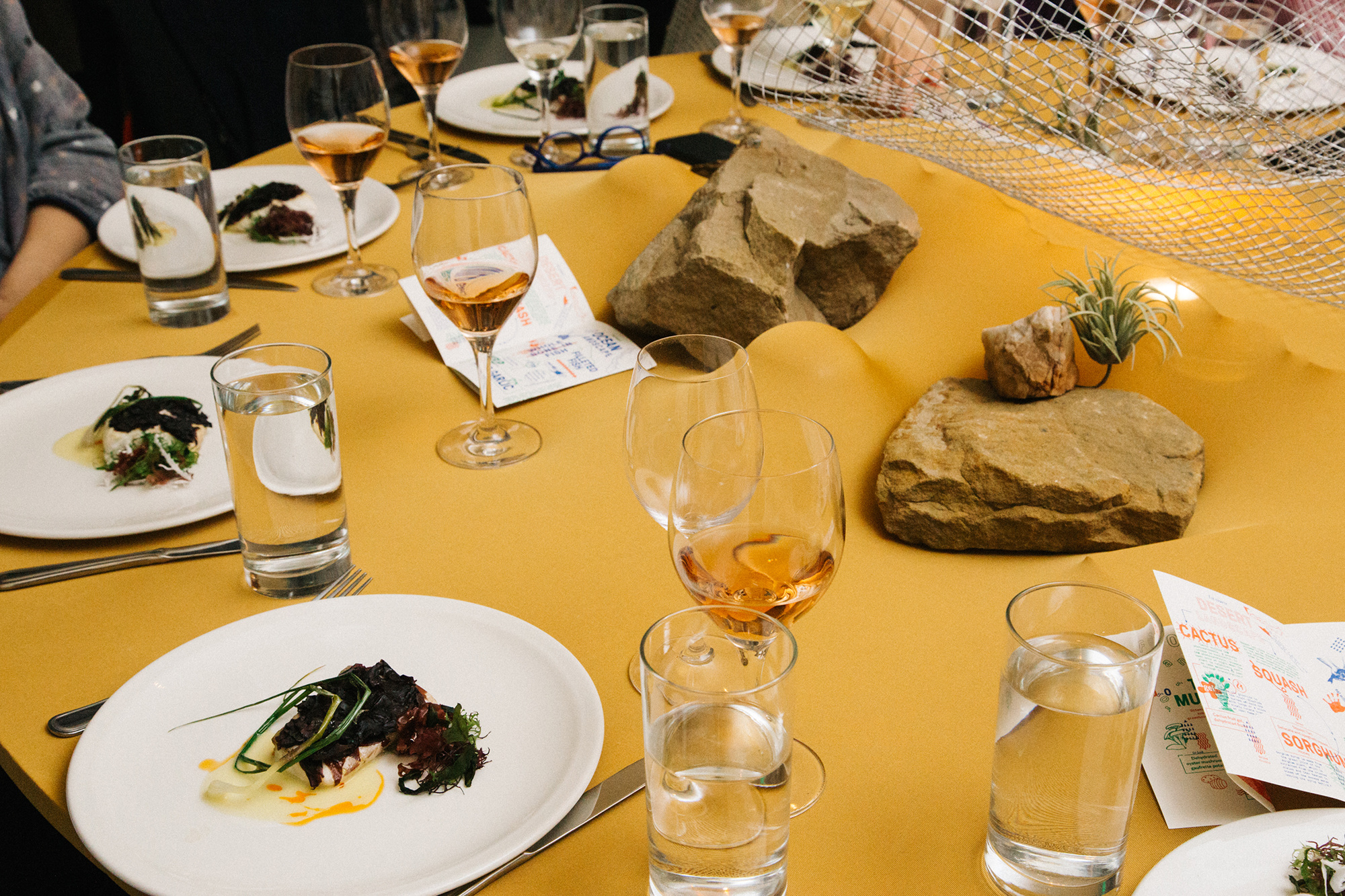What will we eat in 2050

Not so long ago, we published a semi-serious forecast "What will you pay for in 20 years." These were our own expectations based on developing technologies and scientific achievements. But the US went further. A whole symposium was held there, including the forecasting of the future that awaits humanity in 2050.
The organizers approached the issue with all seriousness: even dinner was prepared taking into account the expectations of scientists from possible climatic problems that would arise in 30 years. We want to talk about this unusual dinner.
How will climate change affect the global food system by 2050, and what will change in people's diets? MIT Lead Researcher Ervan Monier and New York University designer Ellie Whist decided to answer this question by developing a menu for the Climate Changed Symposium (the site is dangerous for your health - approx. Cloud4Y ), dedicated to the role and impact of climate change on our lives.
A futuristic dinner was held at ArtScience Cafe (Cambridge, Massachusetts) and consisted of 4 dishes, each of which marked its own natural landscape. So, the mushroom trio acted as an appetizer: canned, dried and freshly picked mushroom. Mushrooms, as you know, help the soil to accumulate carbon dioxide. And thereby slowing the pace of climate change.
')
As a main dish, the symposium participants were offered two options for possible climate change. One symbolizes more comfortable conditions that are possible with the active implementation of environmental programs and a sharp reduction in greenhouse gas emissions. The second, pessimistic dish, personifies the sad future that has come about due to the lack of implemented environmental programs.

For the first dish representing the desert, the choice was between a pumpkin pie with sorghum honey and a fruit cactus gel with dehydrated fruits.

For the second, representing the ocean, the guests of the establishment were offered wild striped perch. That's only half the visitors could enjoy the refined taste of fish, the second half was offered not too tasty part with an abundance of bones.

Dessert suggested thinking about melting glaciers and a threat to the Arctic landscape. It was a parfait made of pine milk, “seasoned” with pine smoke and topped with fresh berries and juniper.

Before dinner, Monier and Whist made a short presentation on the complexity of modeling the global food system. They emphasized that climate models predict yield increases and decreases for different regions of Africa, and that the uncertainty in the models can provide a wide range of forecasts for some regions.
All this is interesting, but what does Habr have to do with it?
At least despite the fact that relatively recently, artificial intelligence has shown that nature itself is to blame for global warming. That is, human calculations turned out to be completely opposite to AI calculations.
The modeling of the future food system at MIT was carried out using complex mathematical calculations. A powerful resource base was involved, weather reports of the last decades, numerous environmental reports were studied. However, the results of this large-scale work are refuted by two scientists who deny climatology and the negative impact of man on the climate.
They believe that over the past 100 years there has been too little work on this topic and it is impossible to prove that carbon dioxide has the ability to affect the Earth’s temperature. To prove their case, Jennifer Merohashi and John Abbot collected information from previous studies that calculated the temperature over the past two thousand years from rings on trees, coral rods, and the like.
Then they uploaded this data to the neural network, and the program determined that the temperature had been growing almost the same all this time. This suggests that carbon dioxide is probably not the cause of global warming. Scientists also note that in the warm medieval period, which lasted from 986 to 1234, the temperature was about the same as today.
It is clear that speculation is possible here, and the truth, as usual, is somewhere in between. However, it would be interesting to listen to your opinion on this matter.
What else is useful to read on the Cloud4Y blog
→ 5 open-source security event management systems
→ How Neural Interfaces Help Humanity
→ Cyber insurance in the Russian market
→ Robots and strawberries: how AI increases field yields
→ VNIITE of the planet of the whole: how in the USSR they came up with a “smart home” system
Subscribe to our Telegram channel so as not to miss another article! We write no more than twice a week and only on business.
Source: https://habr.com/ru/post/460909/
All Articles